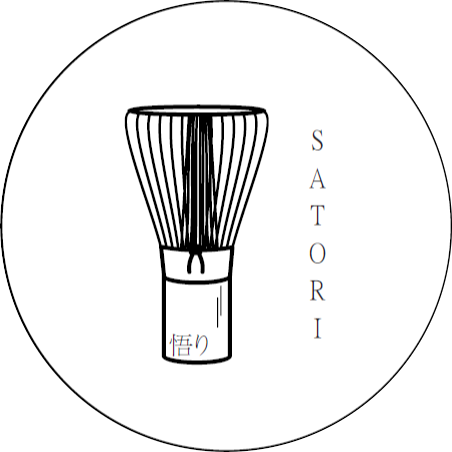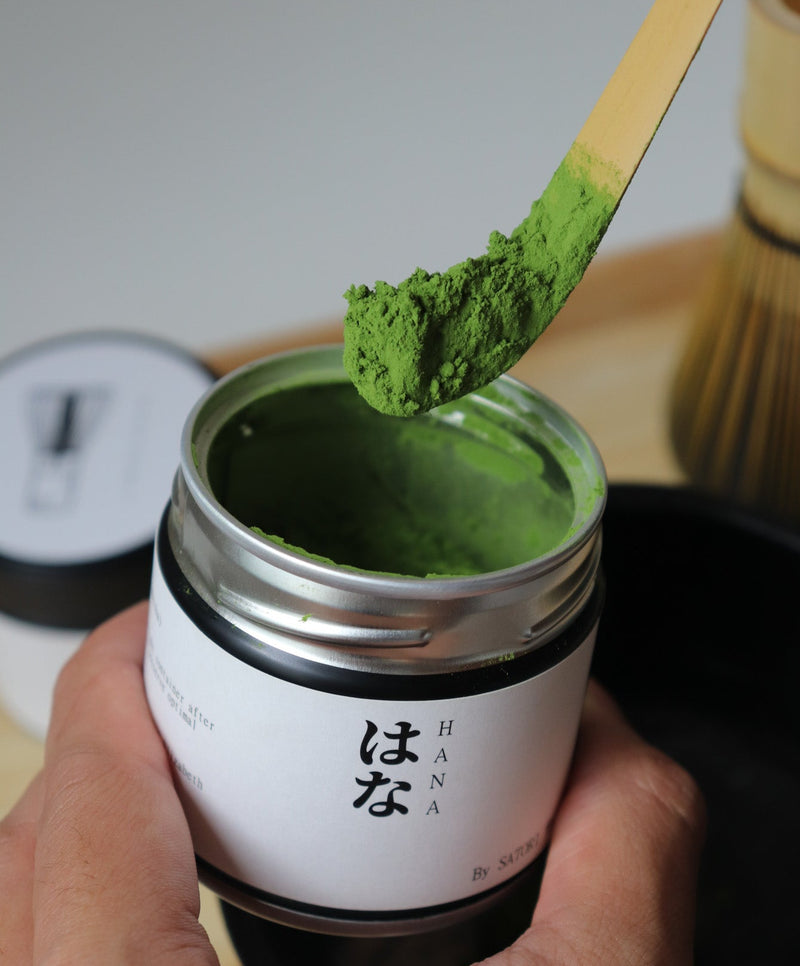When it comes to Japanese green tea, few names are as iconic as Matcha and Hojicha. Both offer unique flavor profiles, fascinating histories, and impressive health benefits — yet they couldn't be more different. Whether you're a seasoned tea lover or just starting your journey, understanding these two distinct teas can enrich your appreciation for Japanese tea culture.
A Shared Heritage, Two Unique Stories
The Origin of Matcha
Matcha’s roots trace back to China’s Tang Dynasty, but it was in Japan where it found its spiritual and cultural identity. Introduced by the monk Eisai in the 12th century, matcha became central to Zen Buddhism and the Japanese tea ceremony (chanoyu), a meditative and ceremonial practice refined by masters like Sen no Rikyū.
Matcha is made from shade-grown tencha leaves, carefully stone-ground into a vibrant green powder. This meticulous process preserves its bright color, rich umami flavor, and high levels of L-theanine, an amino acid known for its calming effects.
The Humble Origins of Hojicha
Hojicha (also spelled hojicha) came much later, in the 1920s in Kyoto, when tea merchants began roasting leftover bancha (a lower-grade green tea) to reduce waste. This roasting process transformed the tea into something completely new — with a warm, toasty aroma and a gentle flavor that quickly gained popularity across Japan.
Today, Hojicha is made not only from bancha but also from sencha and even kukicha (twig tea), offering a variety of blends and strengths. It’s especially popular in Kyoto, where its comforting, nutty profile pairs perfectly with traditional wagashi sweets.

Matcha vs. Hojicha: What Sets Them Apart
| Feature | Matcha | Hojicha |
|---|---|---|
| Color | Bright, vibrant green | Earthy brown to reddish |
| Processing | Steamed and stone-ground | Roasted over high heat |
| Flavor Profile | Umami-rich, slightly bitter, vegetal | Nutty, roasted, smoky, mellow |
| Caffeine Level | Moderate to high | Low |
| Texture | Creamy and frothy when whisked | Light and smooth, often brewed |
| Best Time to Drink | Morning or midday focus | Evening relaxation, low-caffeine option |
Tasting Notes & Texture
Matcha
Prepared by whisking the powder with hot water using a bamboo chasen, matcha creates a creamy, velvety froth. It has a deep umami taste with subtle grassy and earthy notes. High-quality ceremonial matcha is smooth, naturally sweet, and slightly savory, while culinary matcha is more astringent and best for lattes or baking.
Hojicha
Hojicha, brewed from roasted leaves or twigs, has a clear, amber or reddish-brown hue. Its taste is mellow, nutty, and smoky — reminiscent of roasted grains or caramel. Because it's low in caffeine, it's commonly enjoyed after meals or as a calming drink before bed.

Health Benefits: A Tea for Every Need
Matcha Benefits
-
Sustained energy from caffeine + L-theanine (no crash)
-
Rich in antioxidants, especially EGCG (Epigallocatechin gallate), linked to cancer prevention and heart health
-
Enhances mental clarity, focus, and calmness
-
Boosts metabolism and supports weight loss
Hojicha Benefits
-
Very low caffeine – suitable for children, pregnant women, and the caffeine-sensitive
-
High in pyrazines (formed during roasting), which may aid circulation and relaxation
-
Contains antioxidants but fewer than matcha
-
Gentle on the stomach and promotes digestive health
Why Matcha and Hojicha Go Hand in Hand
While Matcha shines as a morning energy booster or focus-enhancing ritual, Hojicha is the cozy counterpart — perfect for winding down. They’re not competitors but complements.
Start your day with Matcha to fuel your body and mind. Then unwind with Hojicha in the evening to soothe your senses and support a restful night.
In Japanese cafes and specialty tea houses, you’ll often find matcha lattes and hojicha lattes side by side on the menu — a testament to their balance. From lattes to desserts like ice cream, mochi, and cake, the duo offers endless culinary inspiration.

Final Thoughts
Matcha and Hojicha are both reflections of Japanese craftsmanship and respect for nature. One is bold, bright, and energizing; the other is warm, subtle, and grounding. Whether enjoyed separately or together in your daily routine, they offer a sensory and wellness experience that transcends a simple cup of tea.
Ready to explore both worlds?
Satori Tea House proudly offers ceremonial-grade Matcha sourced from Kyoto and authentic roasted Hojicha – so you can enjoy the best of both traditions, whenever you need them.


